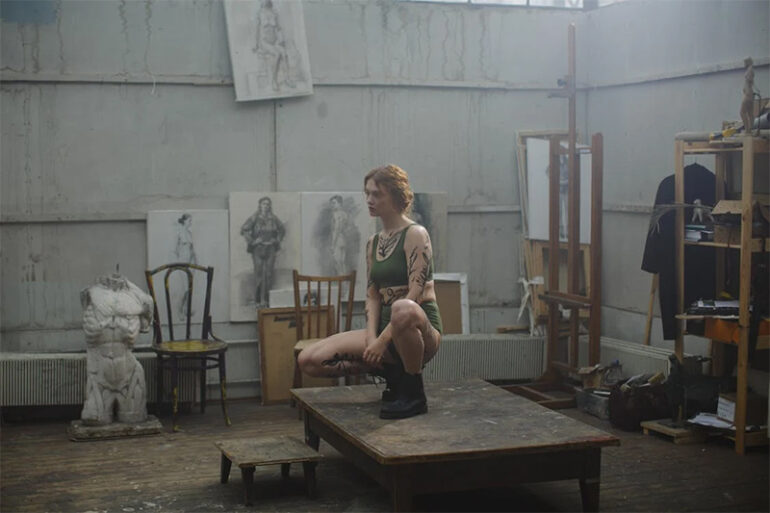Centuries of years had witnessed that body art was an ancient way of expressing cultural stories and personal tales, which were woven intricately on the canvas of a human body. The developments with body arts range from ancient practices to innovation for the times, which then span across time to illustrate powerful tradition vs. individual dynamism. They form identities in delicate designs and symbolic expressions that communicate independence through body adornment and create a means of carrying their inner selves to reflect outside. It is more than just a language of beauty; it is an art for people to read—a visual language, speaking volumes about heritage, beliefs, and personal journeys.
Cultural Significance of Body Art
It is not just a form of body adorning art; it transcends deeper into the cultural tapestry of societies around the world. From the traditional Maori tattoo to the most elaborate henna, body art forms scream heritage and the various belief systems through visual stories. The arts on the body do not only decorate the body, but they are also symbolic of the rights in society and even spiritual connections. With body art, therefore, one is able to communicate his or her identity, affiliations, and stories by developing a visual language that does not require one to talk.
Evolution of Body Art Practices
Body art has evolved throughout the years from being predominantly an integral part of ancient rituals to creating modern and innovative ways of self-expression that inform changes in cultural norms and individual creativity. The development of body art practices, from tribal ritual scarification to the joining of technology with modern body modification, has emulated a sometimes tenuous coalescence between tradition and innovation. Now, the human body has transformed into a canvas through which society contemplates the changing landscape of artistic expression, perceptions of beauty, identity, and meaning.
Modern Trends in Body Art
Modern trends in body art bring the synthesis of the traditional with high technologies, which not only settle but widen the limits of artistic means. From simple geometric designs to becoming laced with biometric implants, modern body art really exhibits the merging of artistic talent with the technologies of today. Social media platforms have equally played a pivotal role in increasing the visibility of the art on the body, thus propelling this trend to become some sort of global phenomenon that is capable of transcending geographical borders and cultural differences.
Impact of Body Art on Personal Identity
Body art becomes a strong instrument through which people are able to refine and reshape their personal identities, where values, experience, and emotions can be captured and coded in material form. Body decoration with meaningful symbols or designs is an externalization of inner narratives. What truly is transformative of body art, in fact, is that it gives the subjects portrayed in it the ability to shape outward features in a manner truly reflective of the innermost self, promoting a sense of authenticity and self-empowerment.
In this world, where tradition dances with innovation, the medium of cultural expression and personal empowerment is body art. From ancient rituals to modern marvels, the journey of body art is simply parroted by the changing landscape of human creativity. Just as in individuals who clothe their bodies with signs and stories at the end, speaking not only of their identities but also by sculpting their personal narratives made of authenticity and autonomy. From aesthetics, body art transcends into a pulsating testimonial that underscores the vivid relationship between artistry, culture, and the human spirit.
Photo Attribution:
1st & featured image by https://www.pexels.com/photo/photo-of-woman-sitting-with-body-paint-3778079/ 2nd image by https://www.pexels.com/photo/a-mannequin-in-front-of-neon-lights-background-6940093/

